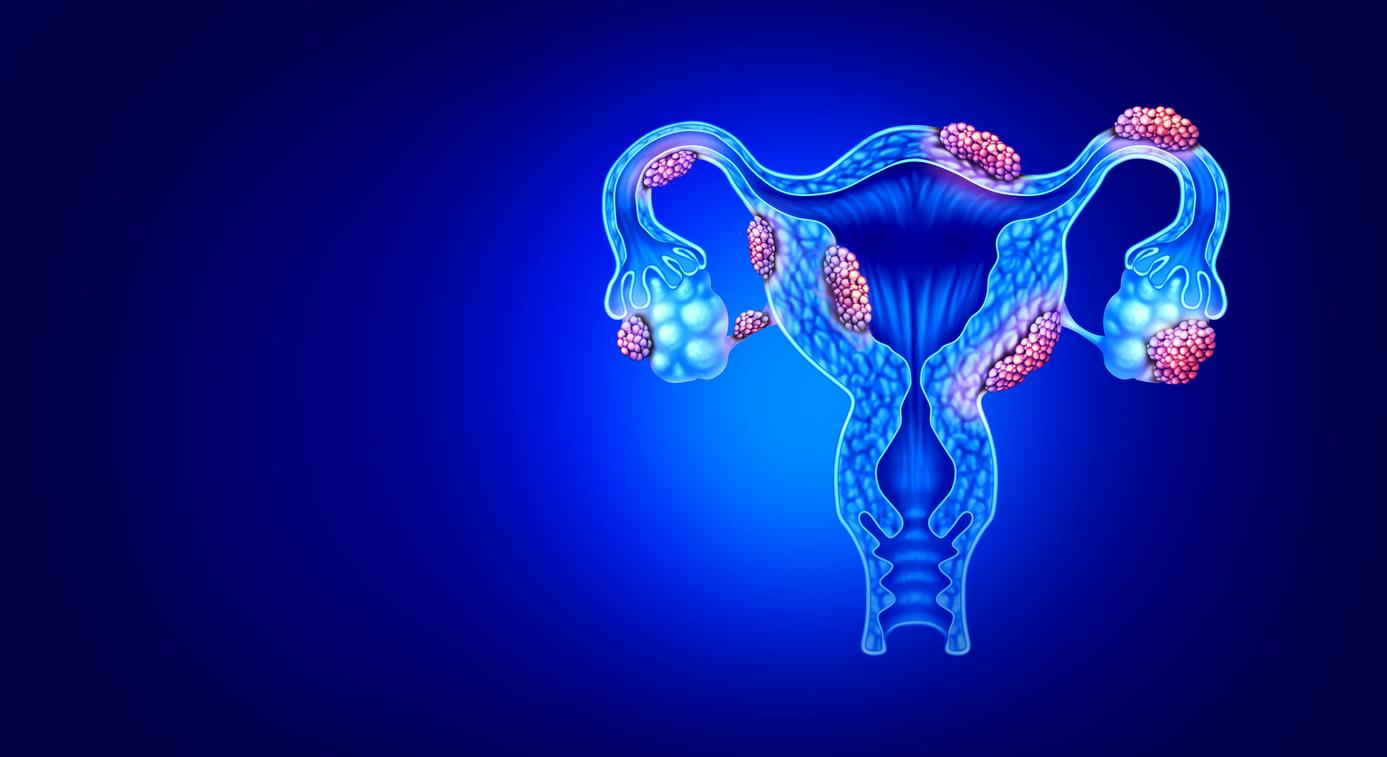A study confirms that endometriosis is responsible for more complications during and after removal of the uterus (hysterectomy).

- More complications are seen during and after a hysterectomy (removal of the uterus) in women with underlying endometriosis.
- Hysterectomies on women with endometriosis generally take longer and are often combined with other surgeries performed at the same time.
- Surgery on endometriosis is more complicated and requires appropriate knowledge.
A study, carried out in Texas and published in the Journal of Minimally Invasive Gynecologyfound that there were greater complications during and after hysterectomy in women with underlying endometriosis.
Endometriosis is a chronic disease that is the development of tissue similar to the uterine lining but outside the uterus. It affects 1 in 10 women, or nearly 10% of women worldwidetherefore 190,000 million people.
Hysterectomy, or removal of the uterus, is a surgical operation that involves removing the uterus. It can occur for different medical reasons such as the existence of fibroids responsible for pain, discomfort and disabling bleeding, cancer, organ descent (prolapse), etc.
Endometriosis: a higher risk of complications after hysterectomy
The researchers used data from the American College of Surgeons National Surgical Quality Improvement Program (ACS NSQIP). This database is populated by more than 700 American hospitals. It contains information relating to the periods before the operation (preoperative), during the operation (intraoperative) and 30 days after the operation (postoperative) for patients who have undergone outpatient and inpatient surgical procedures.
Among the surgeries selected, 127,556 hysterectomies, performed for reasons other than cancer, were identified between 1er January 2014 and December 31, 2019. And among them, 19,618 (approximately 15.4%) were associated with endometriosis diagnosed before or during surgery.
After comparing the elements of patients with endometriosis and those without, it appeared that the number of postoperative complications was approximately 1.8% higher (9.9% versus 8.1%). ). This increase is modest but significant. The type of complications observed ranged from minor (urinary and incisional infections) to major (sepsis, blood transfusions and post-operative readmissions). In contrast, there were no significant differences for 30-day mortality and reoperations.

Endometriosis: surgeries often take longer
It also appears that surgeries on women with endometriosis generally took longer. In addition, they often require other surgical procedures to be performed at the time of their hysterectomy, including operations to remove adhesions caused by endometriotic tissue, gastrointestinal surgeries such as appendectomies or intestinal resections, and surgeries affecting the structures around the uterus (ovaries, fallopian tubes and pelvic floor ligaments).
Endometriosis: a risky area for the surgeon
According to study leader Kimberly Kho, professor of obstetrics and gynecology, and director of the Minimally Invasive Gynecologic Surgery Association at UT Southwestern: “This study confirms what many of us in gynecology and surgery knew but needed a large number of surgical cases to confirm: patients with endometriosis are at increased risk of complications if they undergo a hysterectomy“.
She also states that “These data confirm the need for preoperative diagnostic tools to anticipate and plan complex surgical procedures related to endometriosis, so that neither patients nor surgeons are surprised or caught off guard by the complexity of the procedure. an intervention when they are in the operating room“.
















